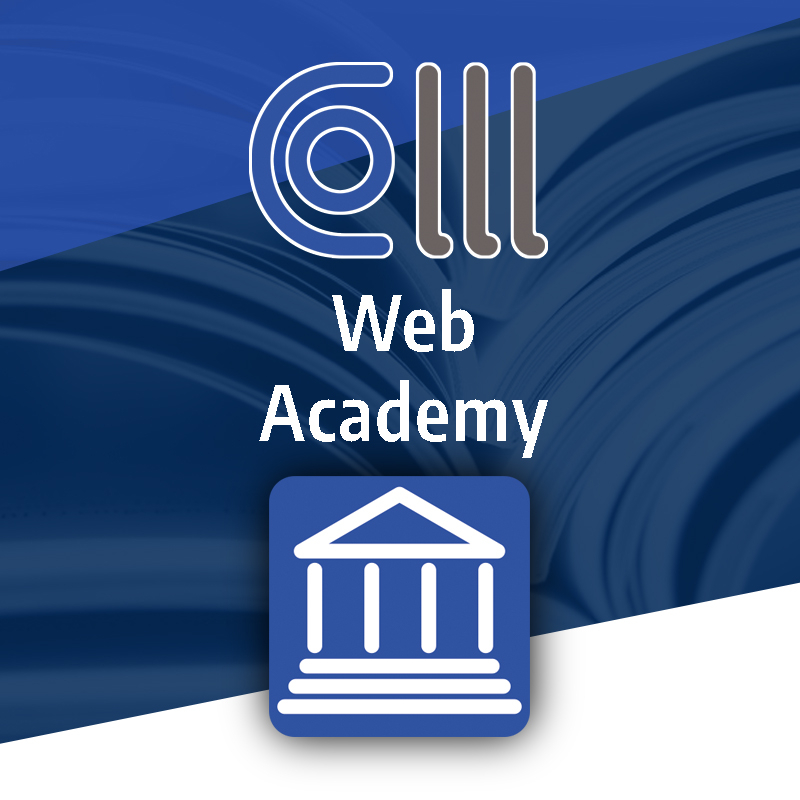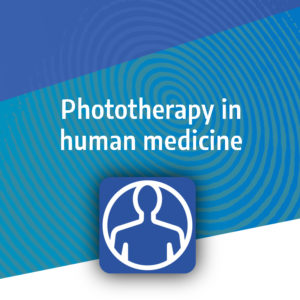Certified Training – Successful Publishing in Science
Human Medicine
290,00 €
inkl. MwSt.
plus Versandkosten
Abhängig von der Lieferadresse kann die MwSt. an der Kasse variieren.
Lieferzeit: ca. 1 - 3 Tage
Video-Vorschau (5-minütiger Auszug)
Beschreibung
How to Write, Present and Publish in Biodmedical and Health Sciences: ?
A Guide for Laboratory Researchers and Clinicians
Developed by:
Farzad Salehpour
Who is this course for?
This course is designed for undergraduate and post-graduate students as well as research fellow scholars, who want to meet the optimum for any kind of scientific publication in the biomedical and health field (scientific paper, thesis, dissertation, conference presentation etc.).What is the goal/aim of this course?
What skills will you learn?
You will complete the following skills:
How to do a scientific research proposal
How to write a publishable manuscript
How to find a proper journal for the submission
How to support the journal review process
How to set up a scientific congress presentation
What is the goal of the course?
We want you to start your career directly, without detours and setbacks.
For this purpose, we have brought together the luminaries in a field of modern, future-oriented medicine, the photobiological medicine. They are old hands in this field, have published up to hundreds of papers and know the scientific procedures inside out.
Table of Contents:
Michael Hambiln, PhD
Professor of Dermatology
Havard Medical School, Boston, USA
Session 1: Overview on the Course
The origin of the scientific records
Types of peer-reviewed scientific articles
Non-peer reviewed publications
Authorship criteria
Importance of peer-review
Structure of an original research article
How should we read a scientific article?
Different components of the scientific article
How to write a cover letter?
Manuscript submission
Marvin Berman, PhD, CBT
QuietMIND Foundation & Associates
Philadelphia, USA
Session 2: How to Prepare a Research Proposal?
What is the function of a research proposal?
How we must convince the proposal review board (PRB)?
Essential components of a research proposal
Component #1: Working Title
Component #2: Introduction & Research Problem
Component #2: Introduction & Research Problem (cont.)
Component #3: Literature Review
Component #4: Methodology (Research Design)
Component #5: Research Management
Component #6: Ethical Considerations
Daniel Bourassa, PhD
Post-Doctoral Fellow, Biological & Biomedical Sciences
Einstein Medical Institute, Florida, USA
Session 3: How to Do an Effective Literature Search?
Some steps for effective literature searching
Developing a research question
Relevant keywords
Using Boolean operators
What sources we should use?
Widely used databases 1: Web of Science (WOS)
Widely used databases 2: PubMed
Widely used databases 3: Scopus
Widely used databases 4: Google Scholar
How to use Google Scholar to find scientific articles?
Some other non-obvious sources
Evaluation of literature for quality
Build a reference database
Popular reference management software
Anita Saltmarche, BScN, MHSc
Clinical Gerontologist
Saltmarche Health & Associates, Toronto, Canada
Session 4: How to Read a Scientific Article Efficiently?
Typical structure of the scientific article
How to get the most out of an article with the least effort?
Phase I
Phase II
Phase III
What else we should do?
Review of example articles
John Mitrofanis, PhD
Professor of Anatomy & Histology
University of Sydney, Australia
Session 5: Scientific Article: Introduction Section
What is the role of introduction in a scientific article?
Why is introduction very important?
Length & structure of the introduction section
What information should be included in the introduction?
Typical flow of the introduction 1: Subject area & topic of research
Typical flow of the introduction (cont.) 2: Establishing the context
Typical flow of the introduction (cont.) 3: Literature review
Typical flow of the introduction (cont.) 4: Purpose statement or hypothesis
Typical flow of the introduction (cont.) 5: Methodological approaches
Some tips!
Miriam Henke, MSc
Senior Clinical Lecturer
University of Adelaide, South Australia
Session 6: How Does the Literature Review Should be done?
What is the literature?
Why the literature review is important?
What does the literature review do?
Different types of literature review
Common approaches to structure the literature review
How we should actually review the literature we found?
Some tips!
Review of example articles
Theodore Henderson, MD, PhD
Neuropsychatrist
Neuro-Laser Foundation, Denver, USA
Session 7: Scientific Article: Methods Section
Methods section: an overview
Different types of research works
What questions should be answered in the methods section?
Typical flow of methods section 1: Materials & study design
Typical flow of methods section 2: Major measurements & calculations
Typical flow of methods section 3: Statistical analysis
Some tips!
Review of example articles
Daniel Johnstone, PhD
Post-Doctoral Fellow of Physiology
University of Sydney, Australia
Session 8: Scientific Article: Results Section
What is the results section?
Organization of the results
Some styles for reporting data
Designing the Figures & Tables
Captions for the Figures & Tables
Some tips!
Review of example articles
Paolo Casano, MD, PhD
Assistant Professor of Psychatry
Havard Medical School, Boston, USA
Session 9: Scientific Article: Discussion & Conclusion Sections
What is the discussion all about?
What does the discussion look like?
Discussion section should answer some questions
How should we organize the contents in the discussion?
Some tips for enriching discussion section!
What is the conclusion all about?
Language used in the discussion section
Marvin Berman, PhD, CBT
QuietMIND Foundation & Associates
Philadelphia, USA
Session 10: Scientific Article: Abstract Section
What is an abstract?
Main functions of journal abstract
Main types of abstracts
Essential elements for an abstract
Some tips!
Review of example articles
Sarah Turner, MSc
Clinical Neuroscientist
London, UK
Session 11: English in Academic and Research Settings
What should you do after the writing the manuscript?
Most common writing errors
Common language errors in scientific article writing #1
Plagiarism!
Active or passive voice?
Which verb tenses should we use in a research article?
Present tense
Simple past tense
Present perfect tense
Conclusion
Liisa Laakso, PhD
Professor of Physiotherapy
Griffith University, Australia
Session 12: Journal Article Submission Process
Journal article submission process: Overview
What should be done immediately after writing the manuscript?
Authorship criteria & problems
Journal (publication) metrics
Journal metrics: Impact Factor – background
Different types of scientific journals
Selecting a journal for a publication
How to write a journal submission cover letter?
Manuscript formatting & final actions
Michael Hambiln, PhD
Professor of Dermatology
Havard Medical School, Boston, USA
Session 13: Journal Article Review Process
Journal article review process
Step 1: Submission of the manuscript & initial checks
Step 2: Appraisal by the Editor-in-Chief
What is the journals’ typical standpoint?
Why does immediate rejection happen?
High Impact journals
Step 3: Invitation to reviewers & response to invitations
Step 4: Review is performed & Journal assesses the reviews
Step 5: Decision is communicated & Revision is submitted
Important issues that should be considered in journal submission
Joseph DiDuro, DC, MS, DABCN
Chiropractic Neurologists
ProNeuroLIGHT LLC, Phoenix, USA
Session 14: Giving an Effective Oral Conference Presentation
Use an OUTLINE
Common presentation problems
Some important factors!
Some tips!
Autor
Bewertungen (0)
Du musst dich <a href="https://www.naturmed.de/mein-konto/">anmelden</a> um eine Bewertung abzugeben.







Bewertungen
Es gibt noch keine Bewertungen